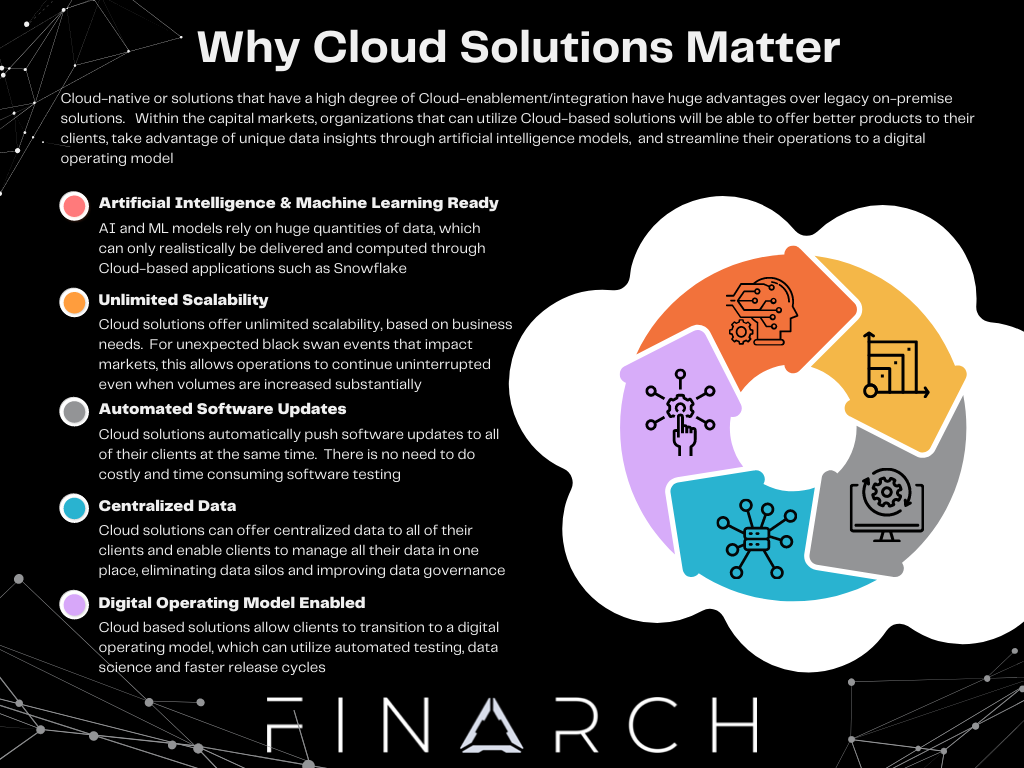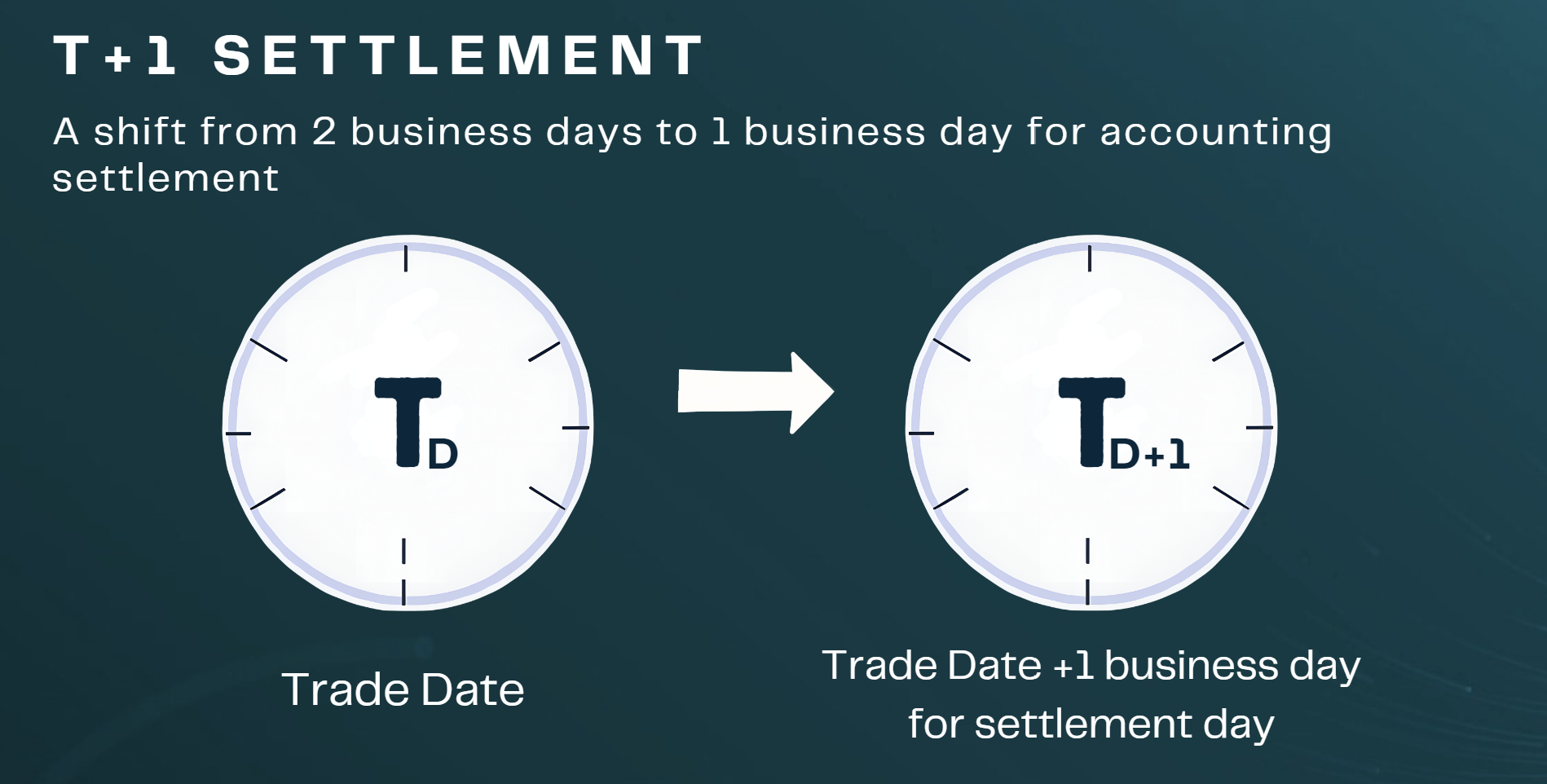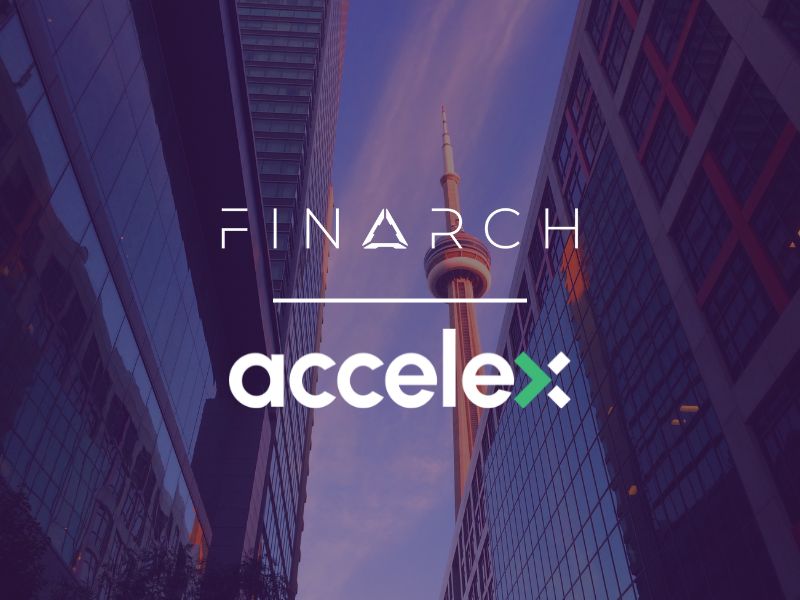Within the capital markets and specifically buy-side firms, there are only a handful of systems used across the industry globally. Within these vendors, most claim to use Cloud Technology, but what does that really mean, and how true is it?
In this article, we discuss the differences between Cloud-enabled and Cloud-native solutions and how Cloud-washed solutions may impact your implementation timelines, on-going (BAU) costs, and support model.
What is Cloudwashing and why it matters
Let’s start with some simple definitions – Cloudwashing is “The practice of taking legacy software and running it on a cloud instance, while calling it Cloud-native”. There is nothing inherently wrong with this – most systems widely used today were built at a time when “the Cloud” did not even exist. These systems have a feature rich offering as a result of decades of experience supporting their client base. However, investment managers should be aware of the true exteny of how integrated their solutions are with cloud technology. This is relevant as there may be a huge difference in terms of functionality, performance, security, and costs when considering solutions.
The infographic below which highlights some of the key advantages to using Cloud technology within the capital markets.
The challenge software vendors are facing, is they know that Cloud technology is the future and what their clients are demanding, but the effort and time involved with converting a legacy tech stack to a cloud stack is not economical or practical.
Going from a legacy tech stack to a Cloud-native solution is like building a car engine with lego blocks. It might be possible, but you are probably better off just starting from scratch
As a result of this conundrum faced by software vendors, most are taking a pragmatic approach by Cloud-enabling their software. This is either building new (complimentary) modules/solutions on the Cloud, or slowly refactoring their legacy tech stack to make it Cloud-enabled.
Evaluating Cloud-enabled vs. Cloud-native solutions
If your organization is considering investing in a new system, it is critical that they ask software vendors the right questions so they know how much of a vendor offering is truly integrated using Cloud technology.
We recommend to start by asking the following basic questions:
-
Does the software vendor have regular (mandatory) software upgrades, which require regression and integration testing from you (the client)?
-
Does the software vendor charge for change requests and enhancements?
-
Does the software vendor have non-centralized data and customized interfaces with market data vendors required to function?
-
Does the software vendor charge for infrastructure upgrades?
-
Does the software vendor allow for excessive client-specific customized configuration?
If the answer to any of the above is yes – then it is likely that software vendor might be inflating some (or all) of its Cloud capabilities. Although there is nothing wrong with this – if the software works as intended and performs its function, it can still be used and to achieve the desired objective. However, organizations need to be aware of how this impacts their total cost of ownership.
Evaluating the Total Cost of Ownership
When software vendors Cloudwash their product, the true cost to organizations is often hidden and only discovered later either during the system implementation phase, or during business-as-usual (BAU) operations. In addition to higher costs, often there are unexpected operational inefficiencies after implementing new systems which further inflate costs for organizations.
Most digital transformation projects start with a goal to reduce costs and improve operational effiencies, but often end up increasing costs with marginal operational improvements.
To maximize the value of digital transformation projects, it is critical that organizations look at the TCO when evaluating vendors, especially as it relates to how integrated their software is with Cloud technology and principles.
How We can help
At FINARCH, we have implemented and supported the leading systems used in the investment management industry. We understand each vendors strength, weaknesses and core technology underlying each of the vendor offerings. We can help disassemble a vendor sales pitch, and translate that to meaningful insight to ensure you select the best fit software for your organization.
Our team of expert consultants can help you kick off the RFP process, evaluate vendors, and help negotiate the best cost and project engagement model for your organization.




